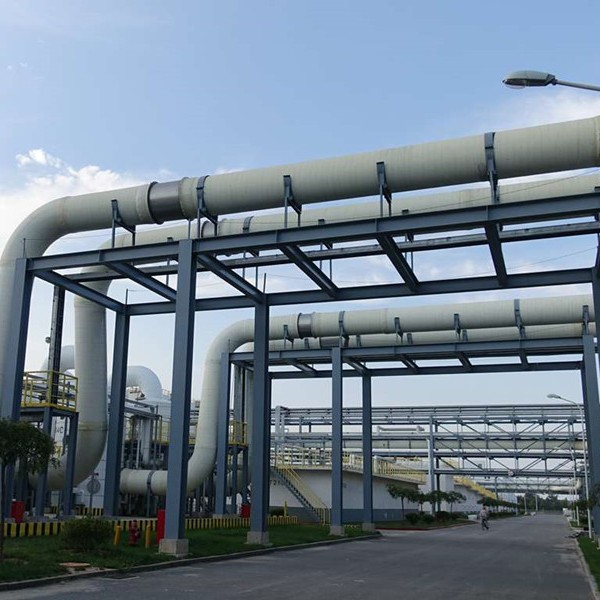
-
 Afrikaans
Afrikaans -
 Albanian
Albanian -
 Amharic
Amharic -
 Arabic
Arabic -
 Armenian
Armenian -
 Azerbaijani
Azerbaijani -
 Basque
Basque -
 Belarusian
Belarusian -
 Bengali
Bengali -
 Bosnian
Bosnian -
 Bulgarian
Bulgarian -
 Catalan
Catalan -
 Cebuano
Cebuano -
 China
China -
 China (Taiwan)
China (Taiwan) -
 Corsican
Corsican -
 Croatian
Croatian -
 Czech
Czech -
 Danish
Danish -
 Dutch
Dutch -
 English
English -
 Esperanto
Esperanto -
 Estonian
Estonian -
 Finnish
Finnish -
 French
French -
 Frisian
Frisian -
 Galician
Galician -
 Georgian
Georgian -
 German
German -
 Greek
Greek -
 Gujarati
Gujarati -
 Haitian Creole
Haitian Creole -
 hausa
hausa -
 hawaiian
hawaiian -
 Hebrew
Hebrew -
 Hindi
Hindi -
 Miao
Miao -
 Hungarian
Hungarian -
 Icelandic
Icelandic -
 igbo
igbo -
 Indonesian
Indonesian -
 irish
irish -
 Italian
Italian -
 Japanese
Japanese -
 Javanese
Javanese -
 Kannada
Kannada -
 kazakh
kazakh -
 Khmer
Khmer -
 Rwandese
Rwandese -
 Korean
Korean -
 Kurdish
Kurdish -
 Kyrgyz
Kyrgyz -
 Lao
Lao -
 Latin
Latin -
 Latvian
Latvian -
 Lithuanian
Lithuanian -
 Luxembourgish
Luxembourgish -
 Macedonian
Macedonian -
 Malgashi
Malgashi -
 Malay
Malay -
 Malayalam
Malayalam -
 Maltese
Maltese -
 Maori
Maori -
 Marathi
Marathi -
 Mongolian
Mongolian -
 Myanmar
Myanmar -
 Nepali
Nepali -
 Norwegian
Norwegian -
 Norwegian
Norwegian -
 Occitan
Occitan -
 Pashto
Pashto -
 Persian
Persian -
 Polish
Polish -
 Portuguese
Portuguese -
 Punjabi
Punjabi -
 Romanian
Romanian -
 Russian
Russian -
 Samoan
Samoan -
 Scottish Gaelic
Scottish Gaelic -
 Serbian
Serbian -
 Sesotho
Sesotho -
 Shona
Shona -
 Sindhi
Sindhi -
 Sinhala
Sinhala -
 Slovak
Slovak -
 Slovenian
Slovenian -
 Somali
Somali -
 Spanish
Spanish -
 Sundanese
Sundanese -
 Swahili
Swahili -
 Swedish
Swedish -
 Tagalog
Tagalog -
 Tajik
Tajik -
 Tamil
Tamil -
 Tatar
Tatar -
 Telugu
Telugu -
 Thai
Thai -
 Turkish
Turkish -
 Turkmen
Turkmen -
 Ukrainian
Ukrainian -
 Urdu
Urdu -
 Uighur
Uighur -
 Uzbek
Uzbek -
 Vietnamese
Vietnamese -
 Welsh
Welsh -
 Bantu
Bantu -
 Yiddish
Yiddish -
 Yoruba
Yoruba -
 Zulu
Zulu
grp chimney
Understanding GRP Chimneys Benefits and Applications
In the modern era of construction, material innovation plays a crucial role in ensuring both efficiency and safety. One such innovation that has gained traction in recent years is the use of Glass Reinforced Plastic (GRP) for chimney systems. GRP chimneys are increasingly becoming a preferred choice for various industrial and commercial applications, owing to their unique properties and advantages.
What is GRP?
Glass Reinforced Plastic, commonly referred to as fiberglass, is a composite material made from a polymer resin reinforced with glass fibers. This combination grants GRP its exceptional strength-to-weight ratio, making it a lightweight yet highly durable alternative to traditional materials like brick, concrete, and stainless steel.
Advantages of GRP Chimneys
1. Durability One of the standout features of GRP is its resistance to corrosion and environmental degradation. Unlike metal chimneys, GRP chimneys do not rust, which makes them particularly suitable for industries that deal with aggressive chemicals or high humidity environments. This longevity reduces maintenance costs and the frequency of repairs.
2. Lightweight A significant benefit of using GRP is its lightweight nature. This characteristic simplifies installation processes, reducing labor costs and time on site. The ease of transportation and handling also contributes to a more efficient construction schedule.
3. Thermal Insulation GRP has excellent thermal insulation properties, minimizing heat loss and protecting the structure from temperature fluctuations. This feature is especially advantageous for systems requiring flue gases to maintain certain temperatures to optimize performance.
4. Design Flexibility The versatility of GRP allows for a variety of designs and configurations. Manufacturers can tailor GRP chimneys to meet specific architectural requirements, ensuring they complement the overall design aesthetic of a building. This flexibility is particularly beneficial for projects that necessitate customization.
grp chimney

5. Environmental Impact As sustainability becomes a focal point in construction, GRP chimneys shine as a greener option. They can be designed for energy efficiency, reduce emissions, and many of the materials used in their production are recyclable. Choosing GRP contributes to an organization’s green initiatives.
Applications of GRP Chimneys
Given their myriad benefits, GRP chimneys find widespread use across various industries.
- Industrial Applications Factories and processing plants often operate under extreme conditions that can quickly degrade traditional chimney materials. GRP chimneys are ideal for such settings, providing a reliable solution for venting flue gases without fear of corrosion.
- Power Generation Power plants, including those burning fossil fuels or biomass, require effective chimney systems to manage exhaust. GRP's resistance to high temperatures and pressure makes it an excellent choice for these applications.
- Commercial Builds Shopping centers, hotels, and large office buildings benefit from the aesthetic flexibility and durability of GRP chimneys. Their lightweight nature also means less structural load, making them suitable for a range of architectural designs.
- Residential Properties While less common than industrial applications, GRP chimneys can also be utilized in residential construction, particularly in modern designs where unique appearances are desired while maintaining functionality.
Conclusion
The evolution of chimney systems towards innovation like GRP indicates a trend in the construction industry that values durability, efficiency, and aesthetic flexibility. As more architects and builders recognize the advantages offered by GRP chimneys—such as their corrosion resistance, lightweight construction, and sustainability—they are likely to become a staple in both new builds and renovations. Ultimately, GRP chimneys represent not only an advancement in material science but also a commitment to enhancing the safety and efficiency of modern infrastructures.









